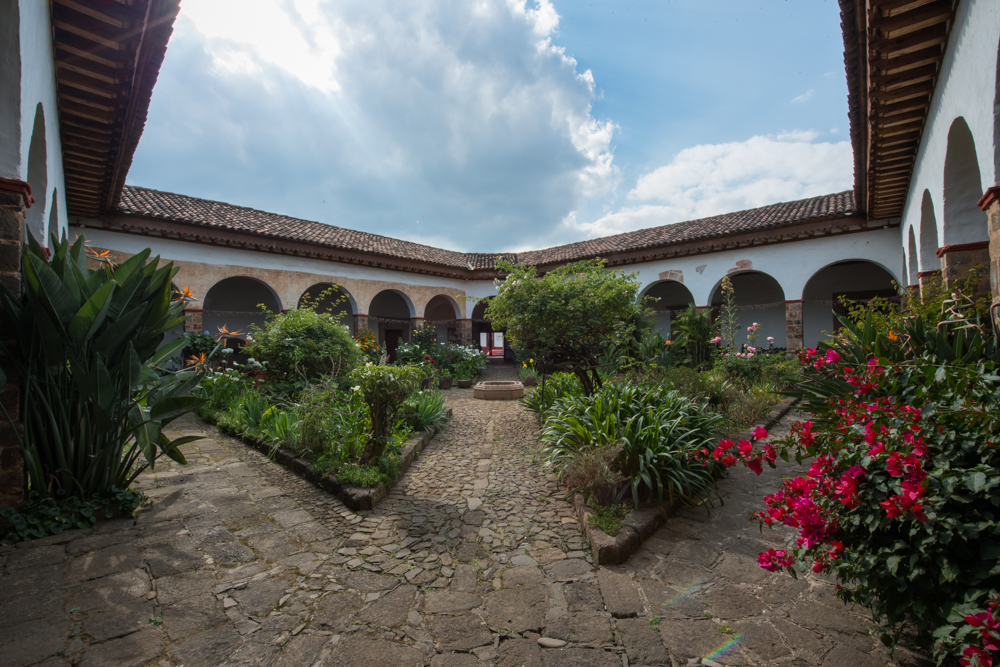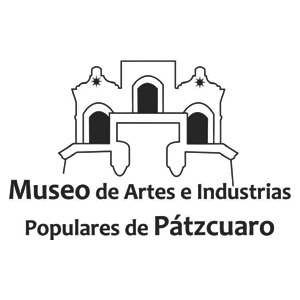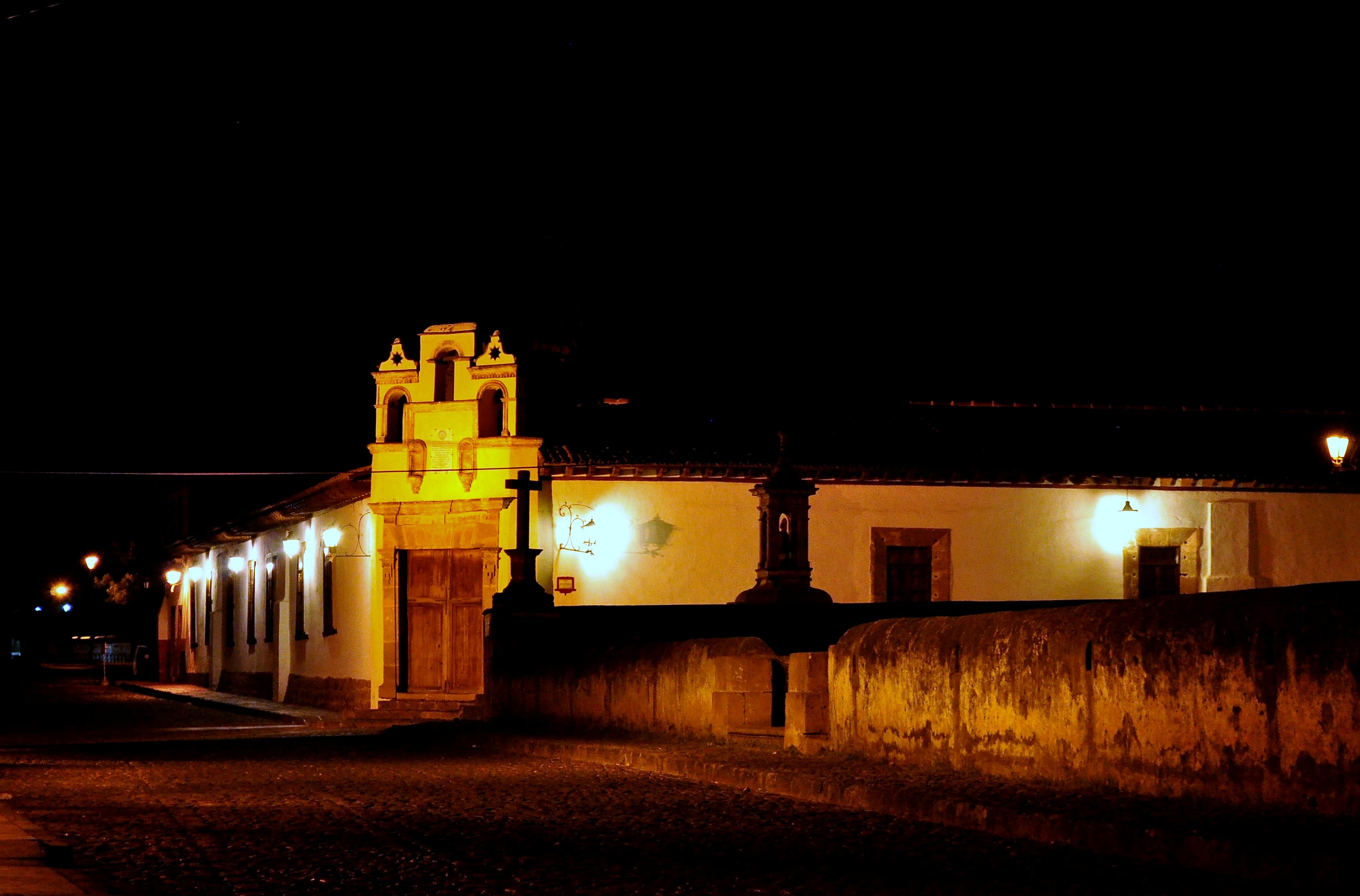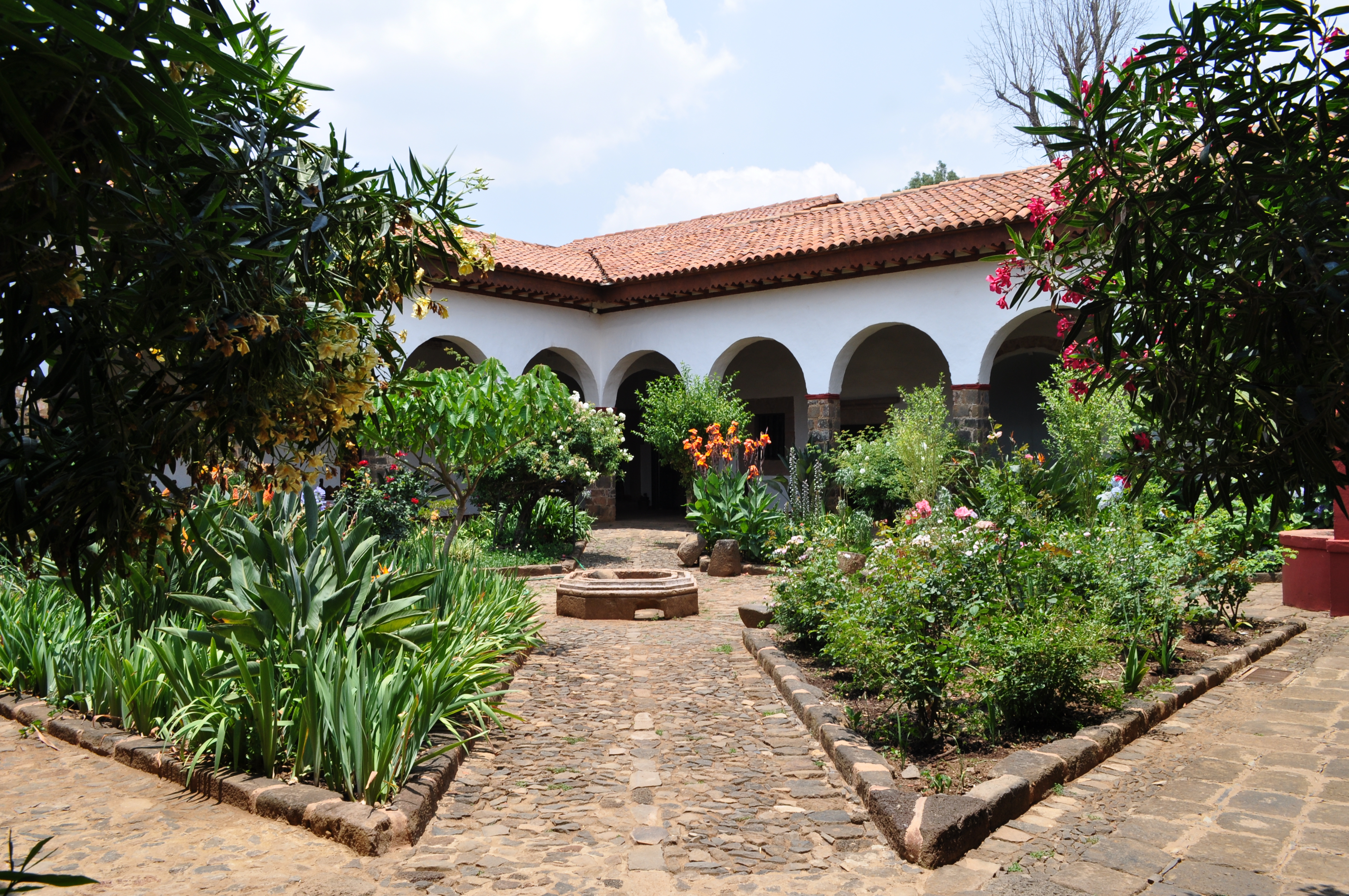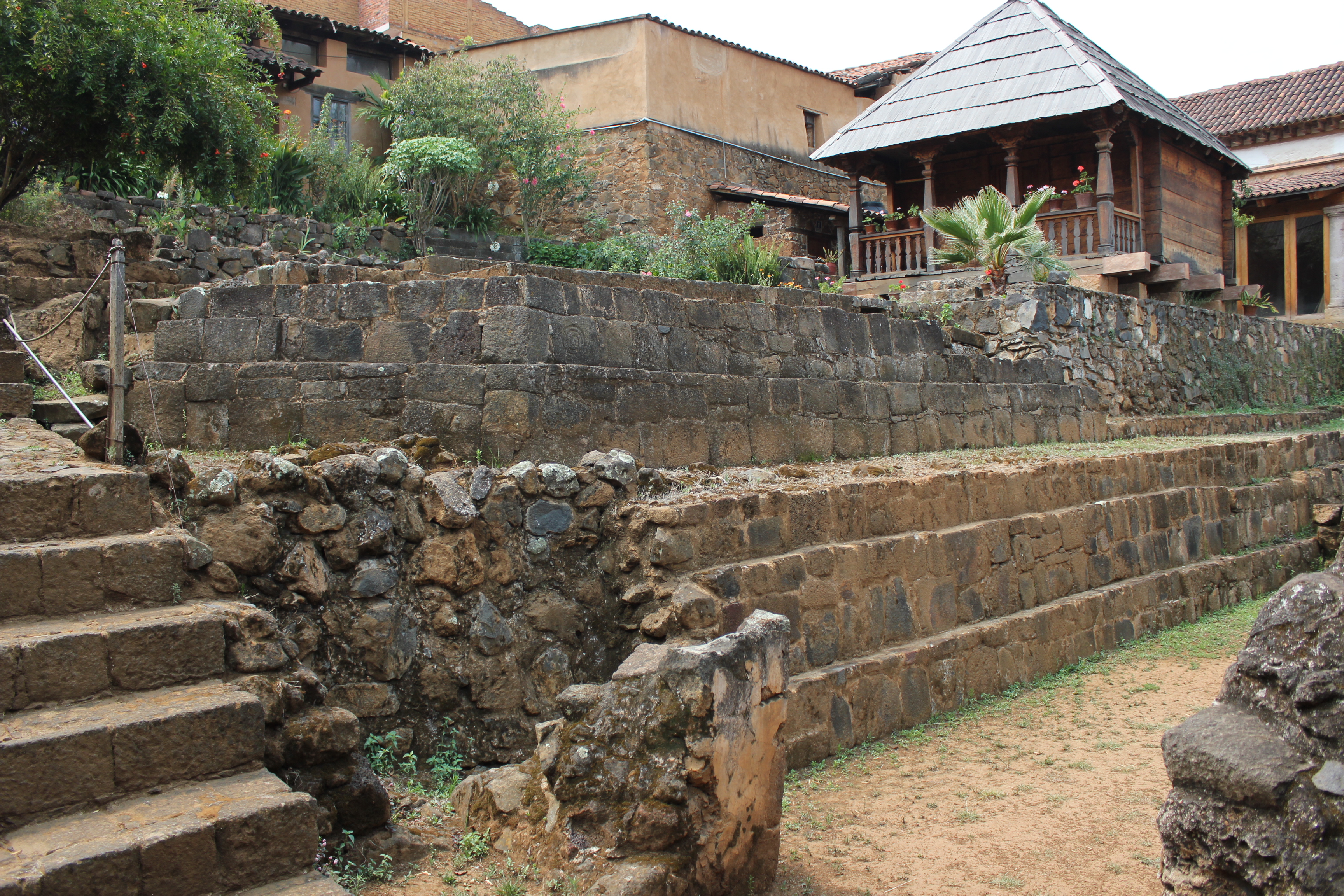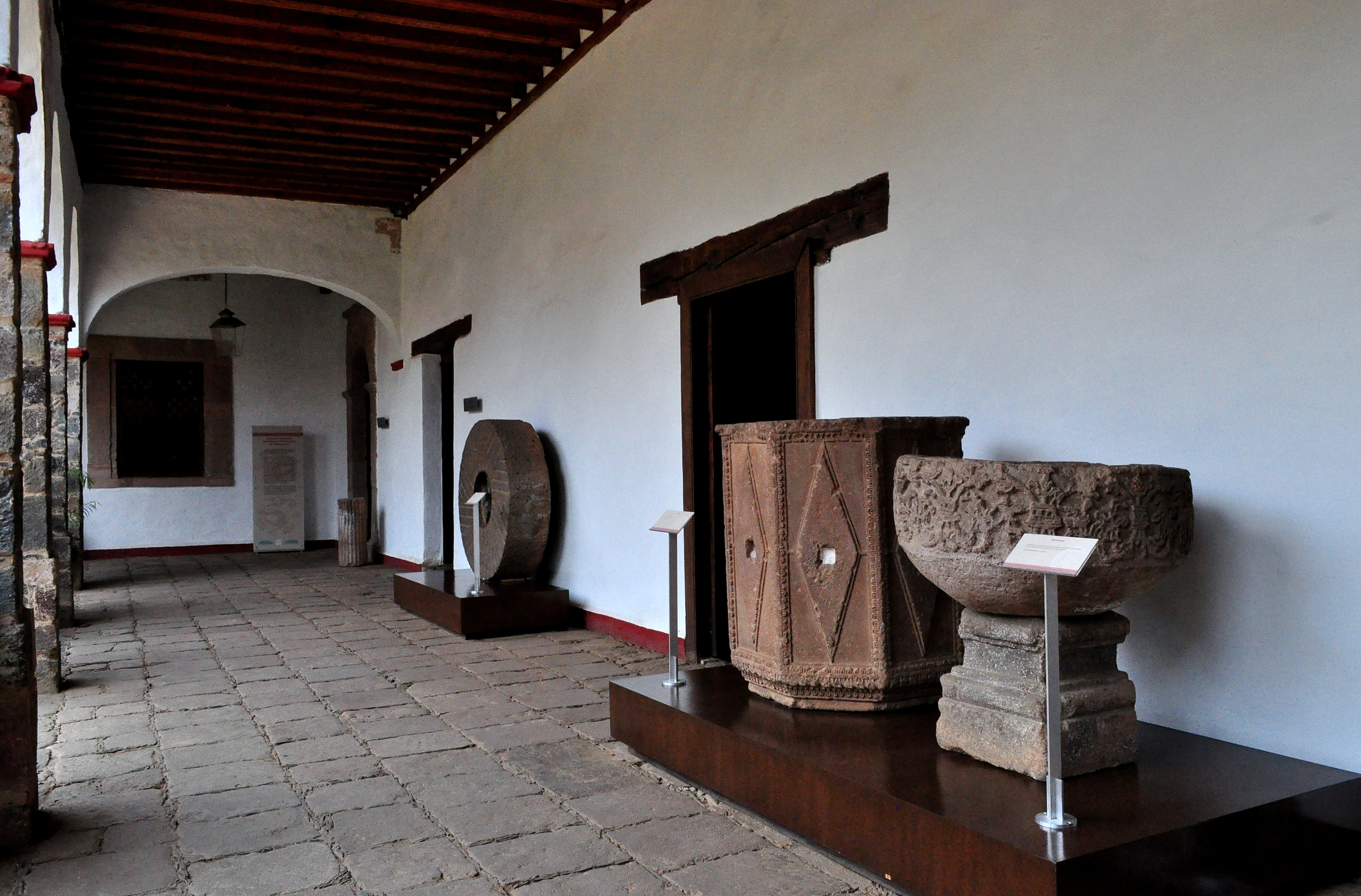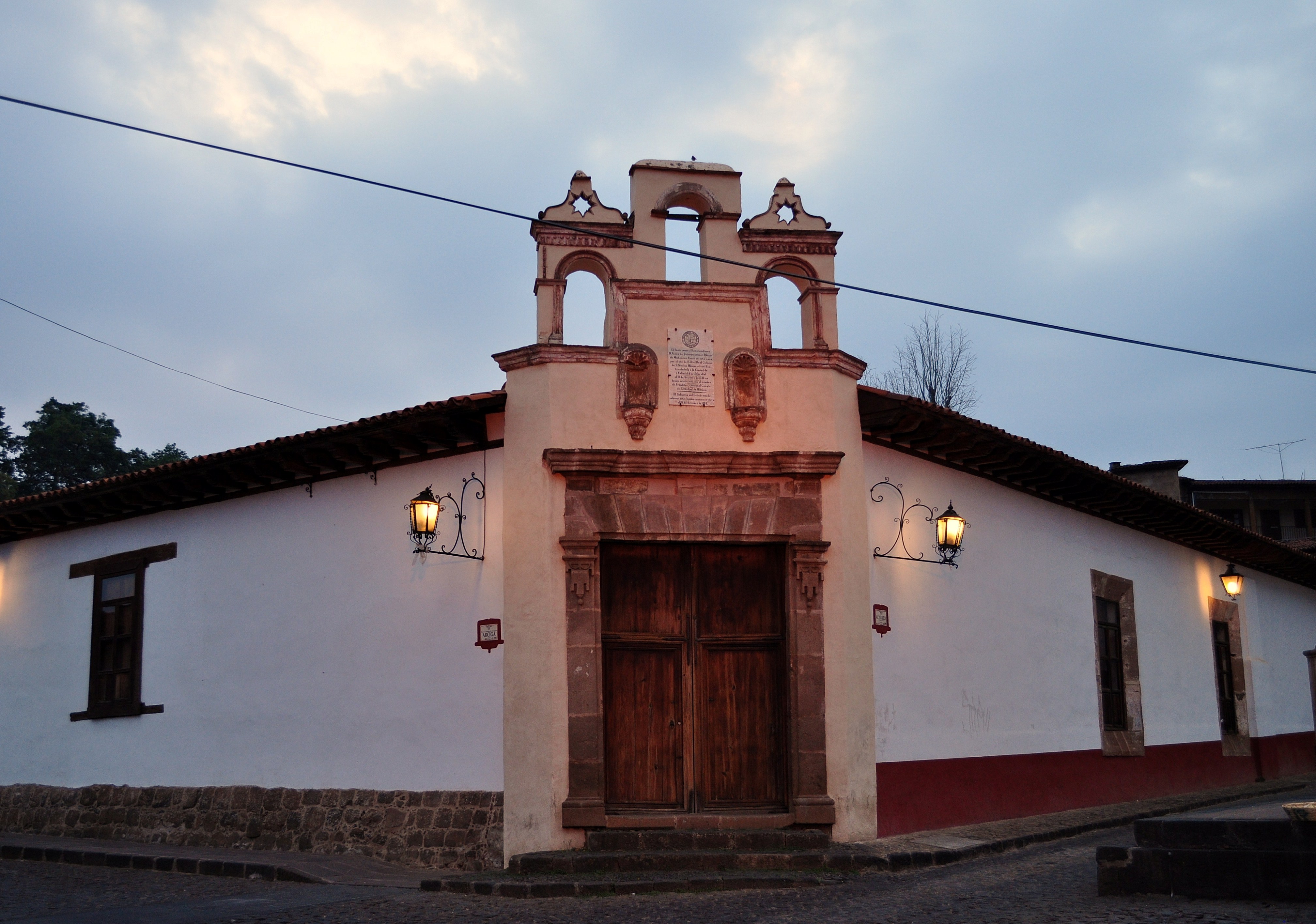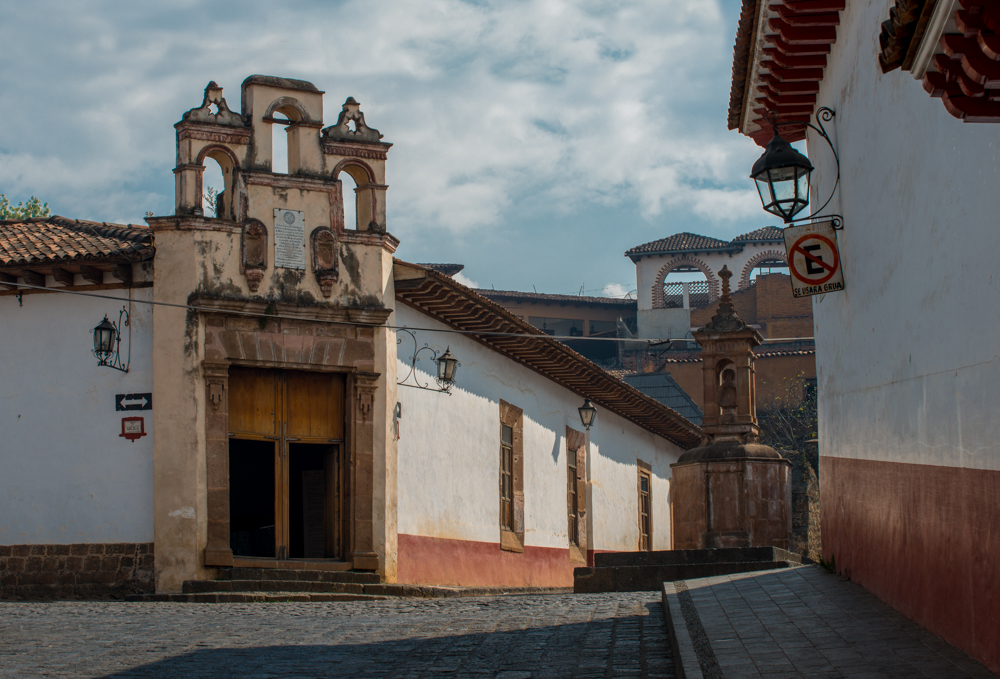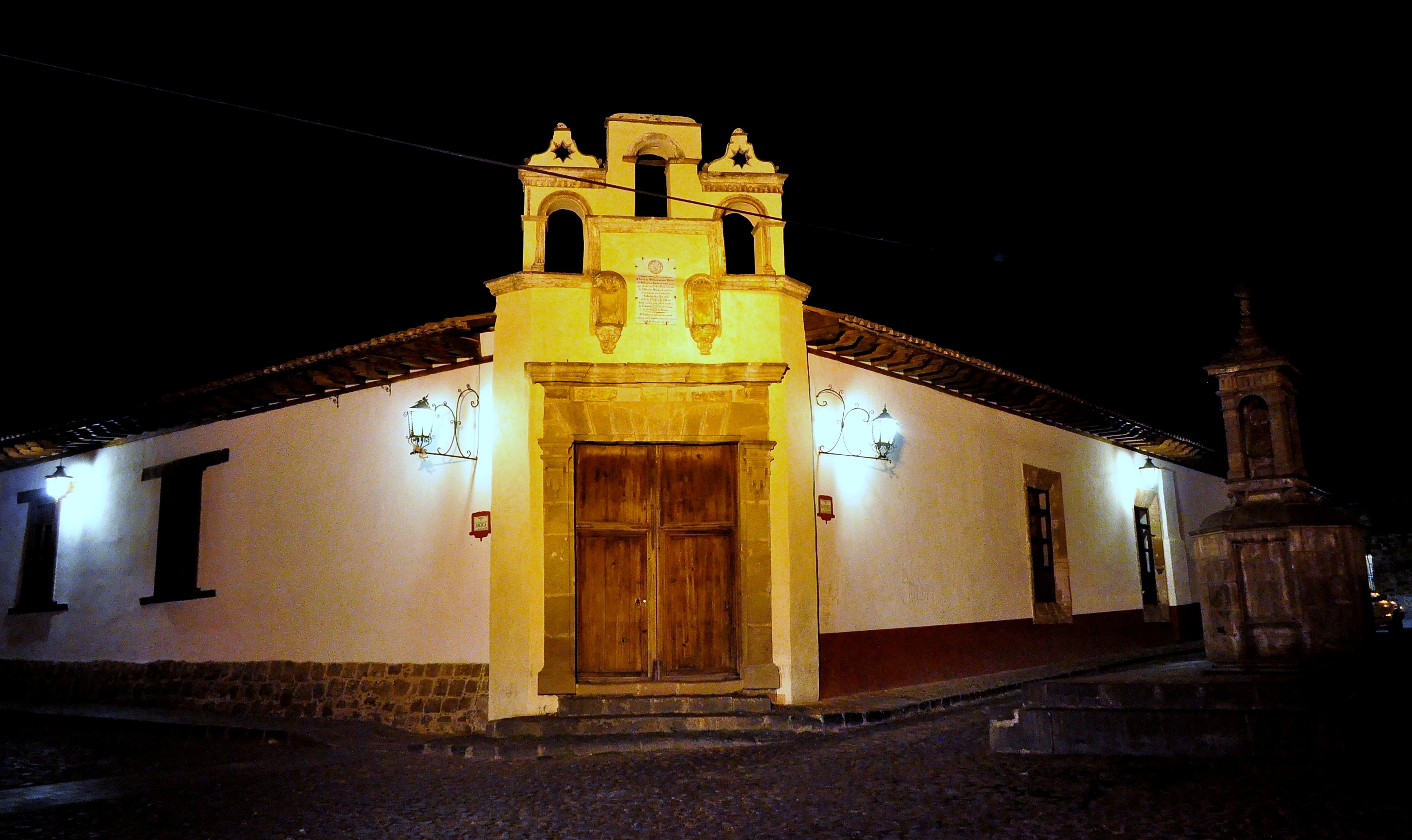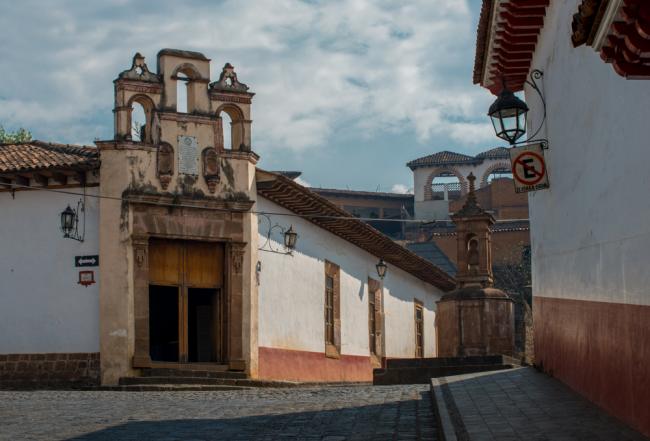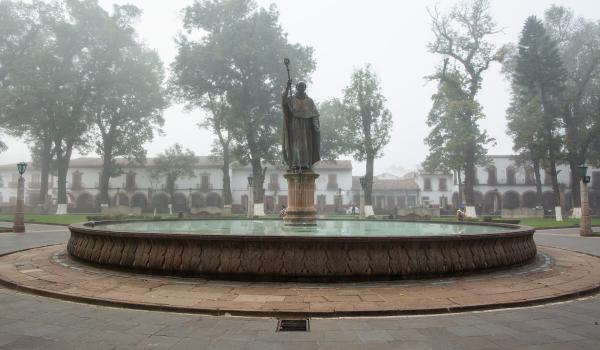Visit us
Museo Local de Artes e Industrias Populares de Pátzcuaro
Opening hours
Tuesday to Sunday from 09:00 to 17:00 h
Fee
$75.00
Adress
Arciga Street, no number, corner of Alcantarilla, Downtown Area, Zip Code 61600, Pátzcuaro, Michoacán, Mexico.
Access
It is located in the center of the city of Patzcuaro, one block from the Plaza Vasco de Quiroga. Entering the city by the Morelia-Patzcuaro road, continue along Lázaro Cárdenas avenue, which leads to the junction of Ahumada, Lloreda and Buenavista streets (a point known as Siete Esquinas or seven corners), from there take Buenavista street, which leads to Arciga street, continue along the latter, to the east the Basilica de Nuestra Señora de la Salud can be seen. Continuing down that same street, the museum is less than 50 meters to the south.
Services



Important
- Sundays free for mexican citizens
- Free entrance for Mexicans under 13 years old
- Free entrance for Mexican students and teachers
- Free entrance for Mexican senior citizens
- No smoking
- No entry with food
- Pets not allowed

